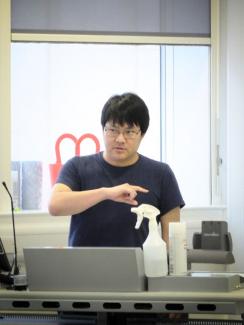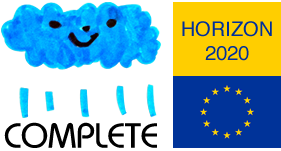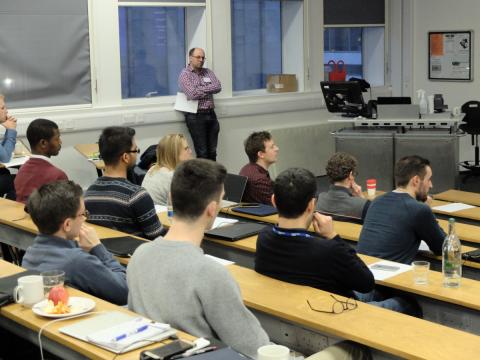
The 4th Workshop and Training School on Data and Model Integration in Fluid Mechanics was held at Imperial College London from 16th to 19th December 2019, where all our ESRs presented their research work and attended classes dedicated to the field of fluid mechanics. It was themed around exploring the interface between data and mathematical models. Topics ranged from advanced measurement techniques and structure identification, large-eddy simulation and the parametrisation of their role in weather and climate, and data assimilation in weather and climate forecasting
Maarten van Reeuwijk welcomes workshop participants: COMPLETE Early Stage Researchers were joined by students from the Imperial College Fluids CDT program.
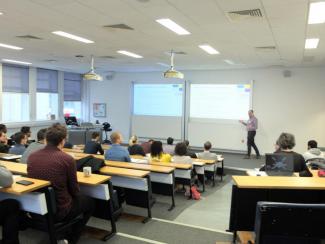
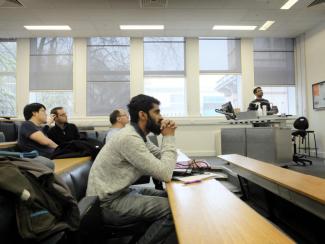
Oliver Buxton (Imperial College London) talked about the application of optical techniques to turbulent entrainment.
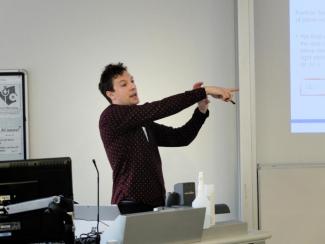
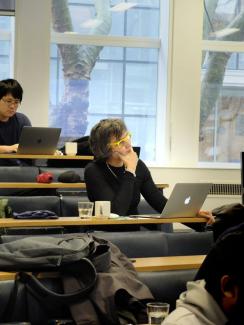
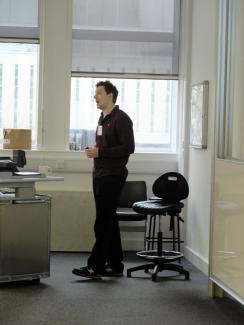
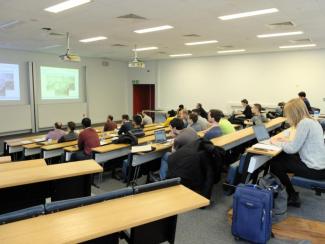
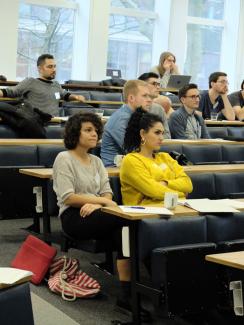
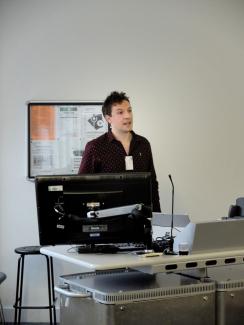
Networking: time to discuss ideas and exchange experience within the COMPLETE group.
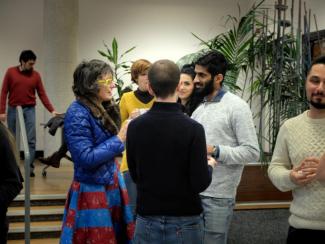
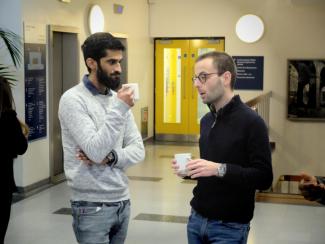
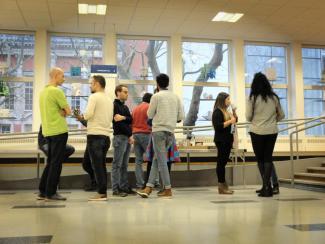
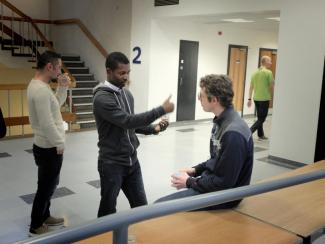
Chris Keylock (Loughborough University) talked to our ESRs and other students from Imperial College Fluids CDT about Structure identification in turbulent flows.

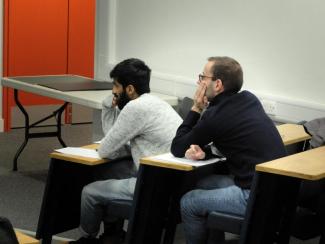
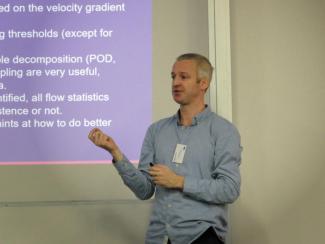
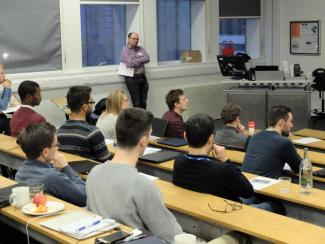
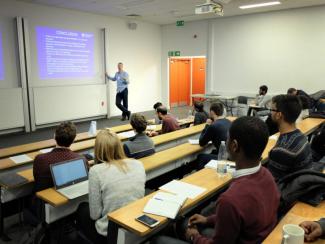
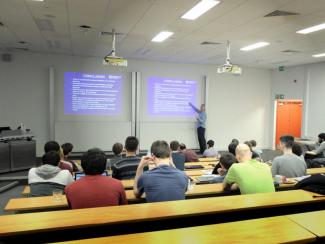
During the workshop on Data and model integration in fluid mechanics at Imperial College London, we had a chance to visit the hydrodynamics laboratory of the Department of Civil and Environmental Engineering. Here we take look at a tank designed to investigate fluid-structure interactions (the cubic structure in the middle simulates a building). This is to test the interactions between ships and ocean waves.
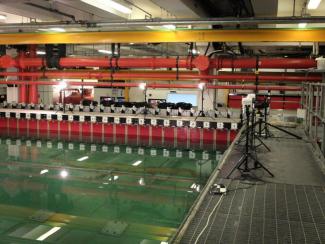
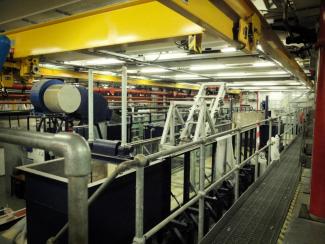
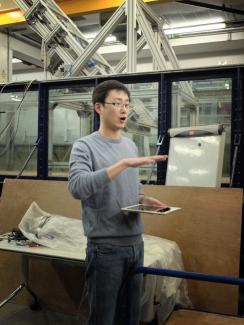
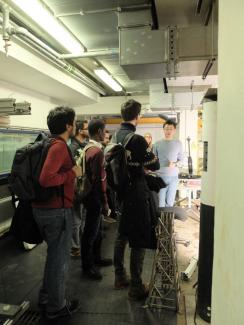
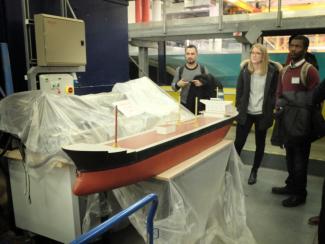
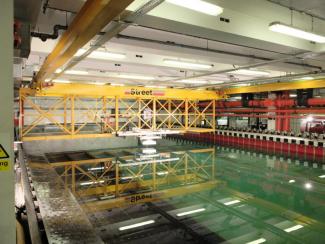
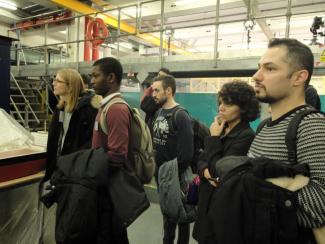
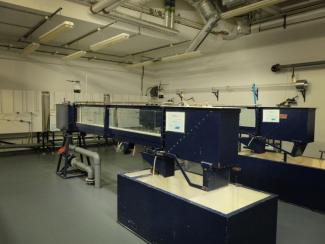
Particle tracking in turbulent environments was the subject of Alex Liberzon's lectures (Tel Aviv University) during our workshop.
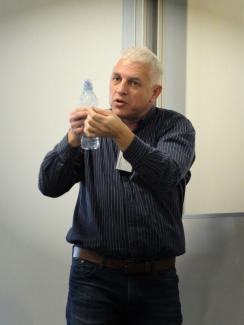
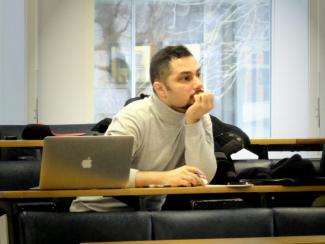
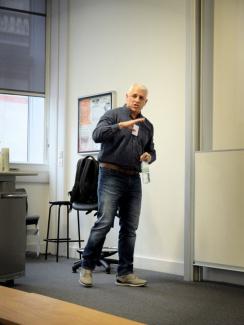
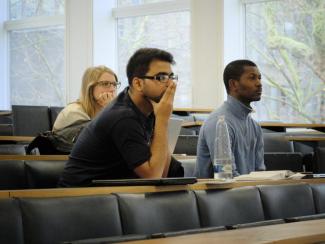
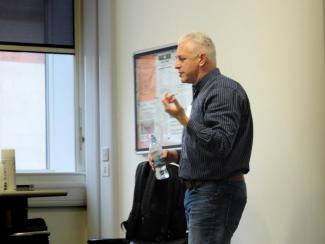
Steven Boeing (University of Leeds) talked about Large Eddy Simulations of clouds and its application to weather and climate model improvement.
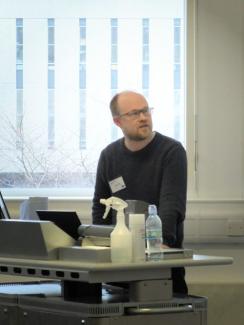
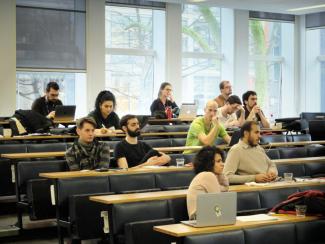
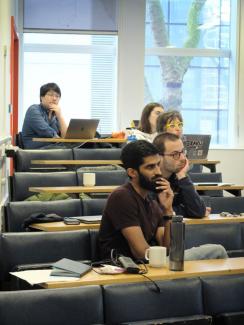
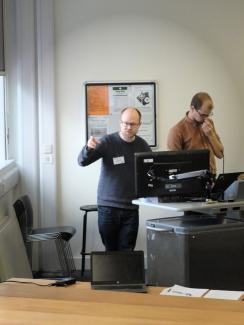
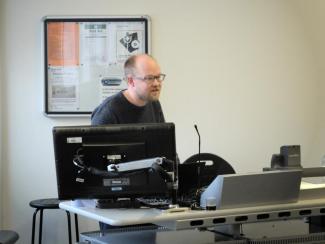
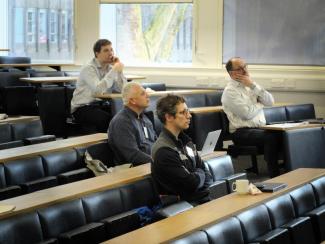
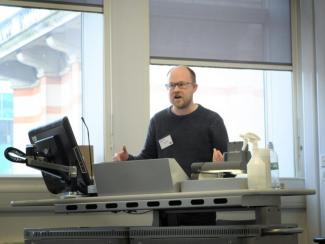
Leif Denby, University of Leeds talked about the structure identification in cloudy environments.
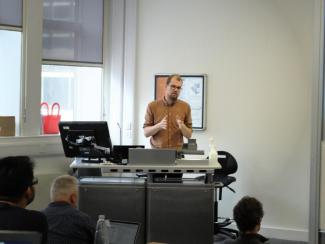
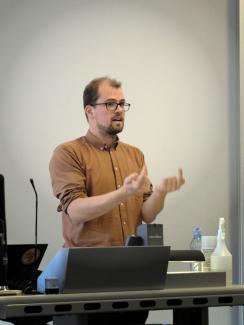
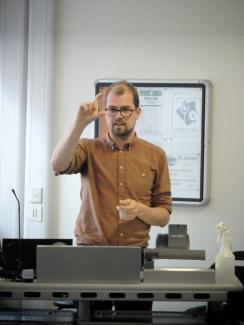
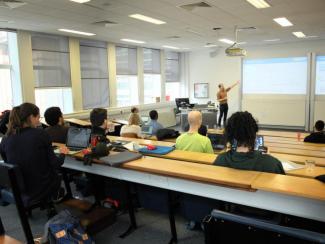
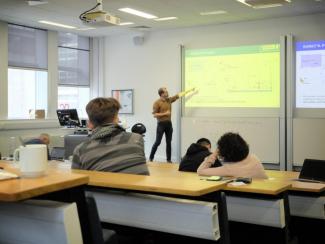
Particle tracking in turbulent environments and structure identification in cloudy environment were the subjects of an intensive hands-on session during our London workshop.
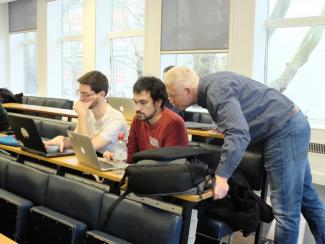
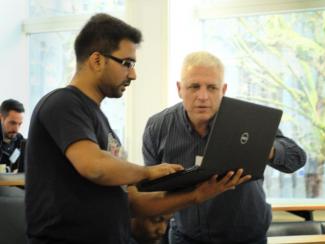
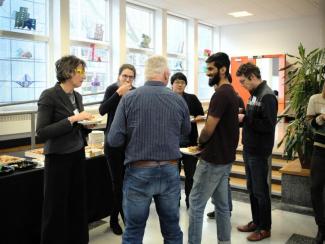
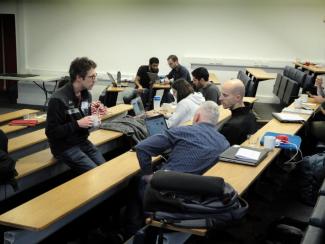
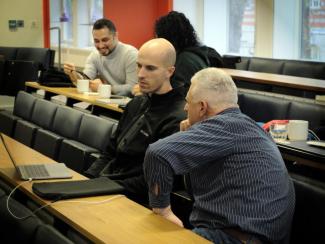
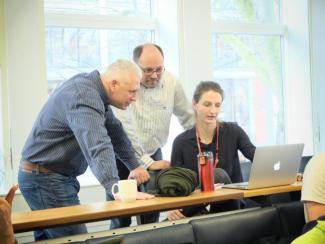
Our ESR1, Taraprasad Bhowmick (Politecnico di Torino) presented his progress in numerical investigation of micro-physical evolution of atmospheric cloud droplets. He concentrated first on cloud droplet evolution in a warm cloud, investigating droplet population and size distributions and second - on the structure of the wake of a hydrometeor and secondary droplets appearing within it. His code successively reproduces velocity and scalar fields at different Reynolds numbers.
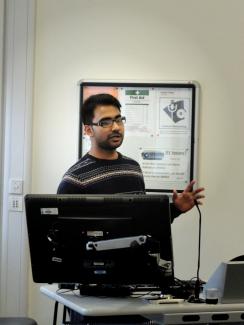
Sara Shamekh (Laboratoire de Météorologie Dynamique - IPSL, École normale supérieure - PSL), ESR11, talked about her work on the impact of ocean surface temperature anomalies on the aggregation of deep convective clouds. She found that the aggregation is faster at higher sea surface temperature, moist air clusters tend to remain over the colder regions and other interesting details.
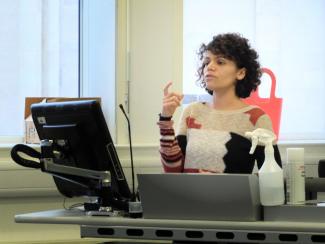
Tai Wada, ESR3, talked about the results of his simulations, eg. whether entrainment or detrainment is more likely to happen at different sections of the turbulent/non turbulent interface.
